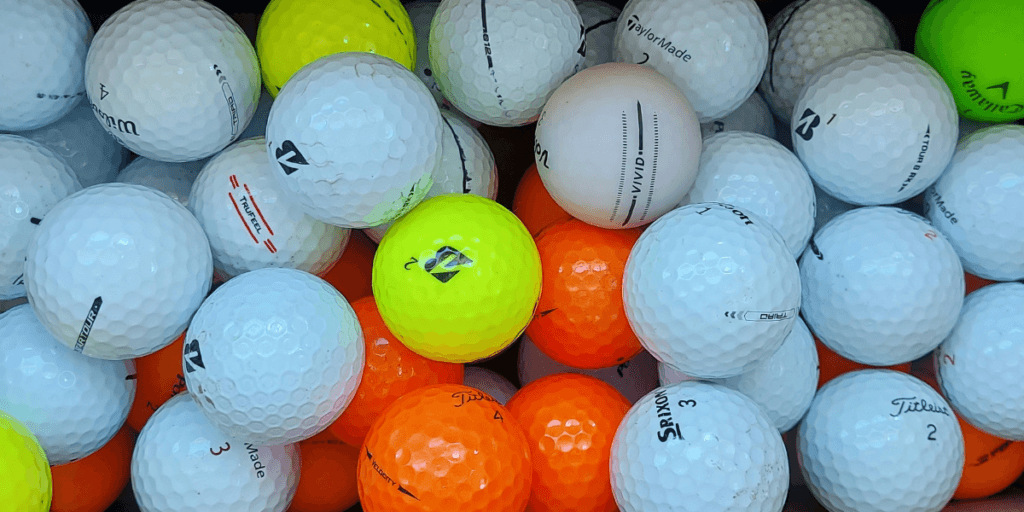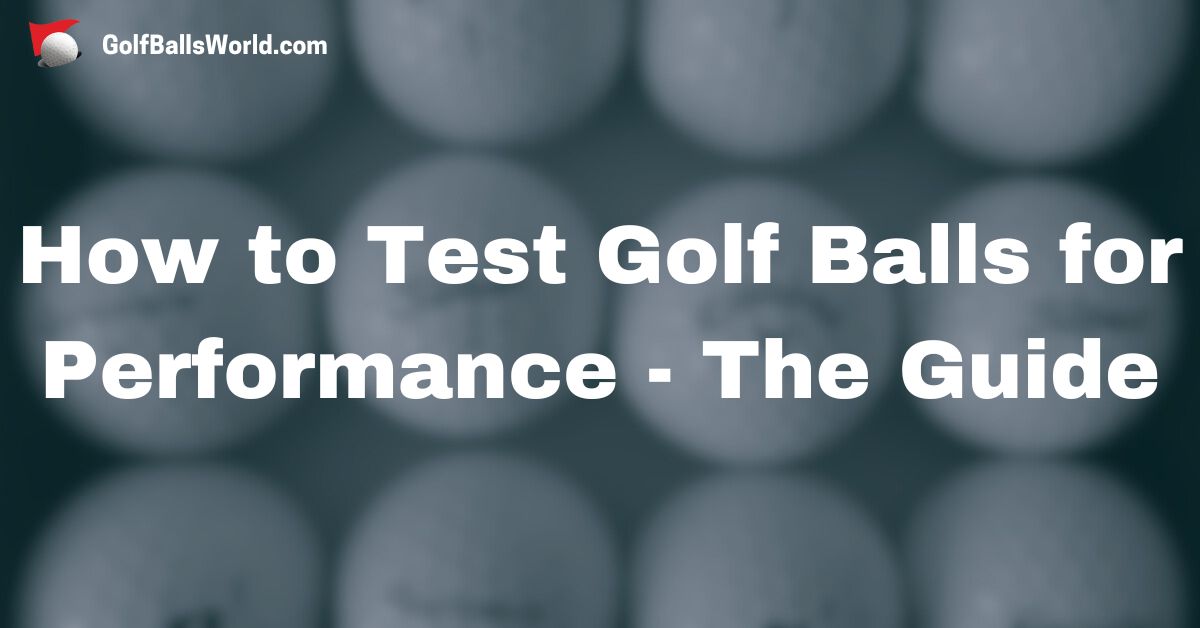Let me start by saying one thing that I can’t say enough and it is not just me saying that. Your golf ball is the only piece of equipment you use on every single shot when golfing. That is a fact. Therefore, if you care even a little about performance and results, you should care about your golf ball. Now, one of the ways to find the right ball for your game is to test a few (or a bunch like in my case). If you are wondering how to test golf balls for performance, you are in the right place.
One important thing to mention is that your skill level does not matter. There is a ball that suits your game and expectations better than any other. You might or might not be aware that I review golf balls. The way I suggest you do it is basically the same way I do it. There are key performance metrics you should pay attention to. Distance, trajectory, spin, feel, and durability are what matters. So, now that we have established the basics, let’s get to it.
Setting Up a Controlled Testing Environment
There are different ways you can test a golf ball. Ideally, you have access to a launch monitor so you can see data. However, the reality is most of us don’t have launch monitor access, me included. But don’t worry, the best way to do it is still on the golf course. I would suggest that before any practice facilities because it will give you realistic feedback in a realistic environment.
Granted, you can still test it on a putting green or chipping practice area. But you will get the best picture on a course you regularly play if you use the ball for a full round of golf. I know, it may take a few rounds if you are testing multiple balls but the results will be the best you can produce.
This way you will notice the difference compared to your regular ball. Another important thing is you use the same golf clubs, but that is something you will most likely do anyway. Then, there is the weather factor. Ideally, you will test it when the weather is identical or as close as it gets to the weather you usually play in.
Testing for Distance and Trajectory
Distance and trajectory are essential metrics for any golfer. These determine how far and how true your shots will travel.
First, distance is how far you can send that ball down the fairway. Your swing speed, combined with the ball’s design, will largely dictate how much length you get. Ideal conditions will let you truly measure how long the test ball goes compared to your ball.
Trajectory defines how high or low the ball flies. It is also important to observe how the ball descends to the ground. A higher trajectory can help you stick the greens more efficiently. The lower one might grant you that extra roll after landing.
To measure these factors, it is important to know your regular golf ball well. First, you have to know your distances with each club. Then, you should be familiar with its flight trajectory with short and long clubs, or at least have a sense for it.
Having a golf GPS app or a range finder could help you a lot here. Write down the numbers as you go and note the flight trajectory pattern.

Evaluating Spin and Control Characteristics
Spin plays a massive role in how much control you have over your shots. There are two types of spin you need to focus on: backspin and sidespin. Backspin affects how quickly the ball stops once it hits the green. Balls with more spin will stop faster, especially with shorter irons and wedges. Sidespin can help you shape your shots into fades or draws. Balls with less sidespin tend to produce a straighter flight and they make it harder to shape shots.
Pay attention to how your ball behaves upon landing. That will tell you a lot about the spin. For sidespin, monitor the flight and notice how much different it is from your regular ball’s flight. Additionally, monitor your short game, especially around the green. Check how the ball behaves on pitches and chips. Does it stop quickly or roll longer compared to your regular ball?
Assessing Feel and Durability
Feel might sound intangible, but it directly impacts your confidence and enjoyment on the course. To test feel, pay attention during various types of shots. Anything from a long drive to the last putt will give you an answer. There are a lot of golfers who prioritize feel over anything else, including distance.
Durability, meanwhile, could be the deciding factor for the budget-conscious golfer. Frequent nicks and scuffs on your ball can affect performance. A ball that maintains its integrity shot after shot saves you money and hassle. Test durability by considering a new ball’s condition after a round. Pay extra attention if you end up in bunkers or hit trees.
Interpreting Test Results and Making an Informed Decision
When reviewing your data, look at patterns and consistencies. Which ball consistently offered more distance or better control? Which had the feel that gave you the most confidence? This is where data becomes genuinely informative.
Align these insights with your personal preferences and playing style. If you’re a power hitter, the focus might be on distance. For a tactical player, priorities might be spin and control. Don’t forget about value. It’s not always about buying the most expensive ball but rather the one that fits your game the best. The test results guide you towards the ball offering the best value for money.
Finally, trust your findings when you are ready to make a decision. The right ball will give you confidence and reassurance each time you play. Now, make your shortlist and start with testing.
Relevant
- The Ultimate Guide to Test Golf Balls For Distance And Trajectory
- How to Test Golf Ball Spin – Key Metrics for Performance
- Golf Balls and Distance – How to Find the Best One
- What Golf Ball Should I Play? – Guide for Better Golfing

